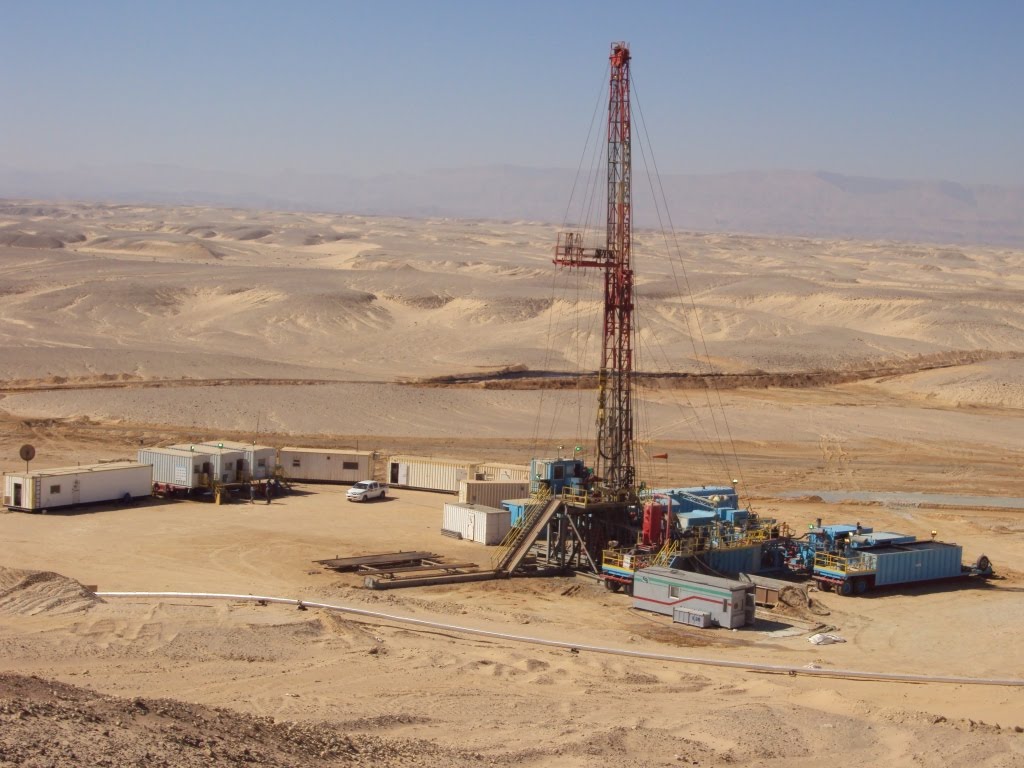The National Iranian Oil Company signed a memorandum of understanding with Tenco, a subsidiary of Khatam-al -Anbiya construction group, to study five gas and oilfields.
According to the terms of the MoU, based on the new model of Iran's oil and gas contracts, aka IPC, Tenco will conduct studies on South Azadegan, Mansouri and Ab Teimour oilfields as well as Farzad-A and Farzad-B offshore gas fields, the Oil Ministry's news agency Shana reported.
The agreement was signed by Gholamreza Manouchehri, the deputy for development and engineering at NIOC and two executives from Tenco on Saturday, the report said.
Khatam-al Anbiya, affiliated to the Islamic Revolution's Guard Corps, is among the 11 corporations and conglomerates approved by the NIOC to develop new oil and gas projects under the framework of Iran Petroleum Contract.
NIOC signed the first IPC-based agreement with Persia Oil and Gas Industry Development Co. in October to develop the Yaran, Koupal and Maroun oilfields in the southern oil-rich province of Khuzestan via the enhanced oil recovery methods.
In March, NIOC signed an agreement with French energy major Total S.A. and Japan's Inpex to study the giant South Azadegan Oilfield . As soon as the outcome of technical survey is sent to the NIOC, Azadegan Oilfield will be put out to tender.
Russia's Lukoil and Malaysia's oil giant Pertamina are also conducting surveys on AbTeymour and Mansouri Oilfields.
Azadegan Oilfield in the southern oil-rich province of Khuzestan is one of Iran's largest oilfields that it shares with Iraq. The field, which is divided into the north and south sections, holds an estimated 33 billion barrels of in-place oil. It was discovered two decades ago but has since seen little development by foreign contractors.
Farzad-B Gas Field, discovered by a consortium of ONGC, Oil India and Indian Oil Corporation, holds an estimated 508 billion cubic meters of in-place reserves, of which 370 billion cubic meters are recoverable.


